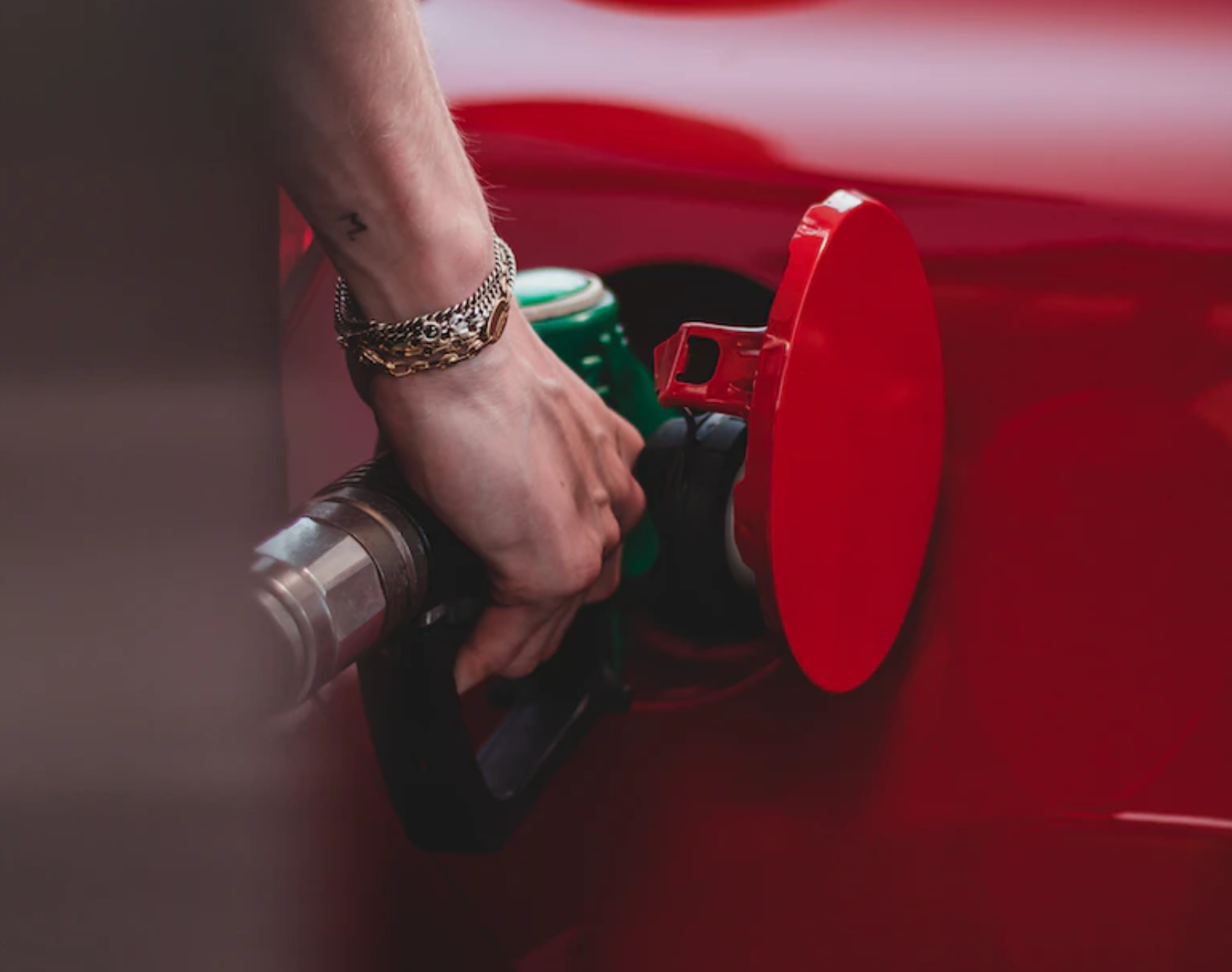
Prospect Park West at 8th Street, September 16, 2006, 9:45 am. "Higher vehicle speeds are strongly associated with a greater likelihood
of crashes involving pedestrians as well as more serious pedestrian
injuries." American Journal of Public Health
Last Thursday, DOT Deputy Commissioner Michael Primeggia presented a plan to turn a pair of two-way avenues running through Park Slope, Brooklyn into one-way arterials. The aim of the plan, according to DOT, was to improve pedestrian safety.
Yet, in his presentation to the community the only specific evidence Primeggia gave to back up his safety claim was a reference to an avenue in Brooklyn where crashes had declined 15% and total injuries 22% after DOT turned it into a one-way. Primeggia didn't provide the name of the avenue. "I know that two-way streets are less safe," he said.
While more than 650 community members came out to say "no way" to DOT's one-way plan, one 28-year Park Slope resident arrived with a stack of academic studies directly refuting Primeggia's safety argument.
This Park Sloper, who wishes to remain anonymous because he often works with city government, is employed by one of New York State's transportation authorities. He is a member of the federal Transportation Research Board and a professional transportation planner and traffic engineer, with an undergraduate degree in civil engineering and a masters in
transportation planning from MIT.
Unfortunately, the evening's testimony was cut short and his powerful testimony was left undelivered. Here is what he would have said if he had gotten a chance:
The proposal under consideration here this evening may have merit in terms of moving traffic through Brooklyn as a whole. However, in terms of serving Park Slope, this project is ill-conceived and you would be ill-advised to endorse such a plan.
I'll focus on just one aspect of the plan -- the significant negative impact it can have on some of Park Slope's most precious but vulnerable citizens, that is, our small children. With PS 321, the magnet school that was PS 10, PS 39, PS 282 and various middle schools, private and parochial schools, more than 3,000 children use Sixth and Seventh Avenues daily to walk to and from school.
One-way street networks can result in more pedestrian accidents, particularly among children. This effect has been noted in a number of transportation studies published in respected academic journals. I'll cite and quote certain relevant reports and articles for your consideration:
First, from a 2003 study published in the American Journal of Public Health:
"Children 5-9 have the highest population-based injury rate in pedestrian-motor vehicle accidents." Why? As the report goes on, "because in many pedestrian crashes the driver reportedly does not see the pedestrian before the accident. Higher vehicle speeds are strongly associated with a greater likelihood of crashes involving pedestrians as well as more serious pedestrian injuries.... In residential settings with large numbers of children, speed management appears to offer the greatest potential for injury prevention."
By way of explaining this effect, I'll refer to two other reports. First from a 2004 report published in the Journal of the Institute of Engineers regarding one-way streets:
"Superficially, it would seem that crossing traffic on a one-way street is preferable to crossing a two-way street. As is often the case, the conventional wisdom is wrong. In fact, crossing a one-way street presents greater difficulties to the pedestrian than crossing two-way streets.... One of the inherent disadvantages with one-way streets is that they force additional turning movements at the intersections...[and] increase the occurrences of vehicle-pedestrian conflicts at any given intersection."
Second, from a paper presented at the federal Transportation Research Board's 1999 Urban Streets Symposium:
"In traffic engineering circles, the operational disadvantages associated with one-way streets are becoming increasingly recognized. The system...[causes] an increase in the number of turning movements and total miles of travel. One-way streets present challenges to the pedestrian due to speed and pedestrian expectations at intersections... there are simply more (typically 30-40 percent) more vehicle/pedestrian conflicts within a one-way street network than in a comparable two-way system."
Conversion to one-way avenues may well result in more traffic volume, higher speeds, more turning movements on Sixth and Seventh avenues. Where does this all lead?
Well, from the Canadian Journal of Public Health, a 2000 study conducted in Hamilton, Ontario, found that:
"Children's injury rate was 2.5 times higher on one-way streets than on two-way streets" in Hamilton. Conclusion: "One-way streets have higher rates of child pedestrian injuries than two-way streets in this community."
References:
1. "A Review of Evidence-Based Traffic Engineering Measures Designed to Reduce Pedestrian-Motor Vehicle Crashes," Richard Retting MS, Susan Ferguson, PhD, and Anne T. McCartt, PhD, American Journal of Public Health, September 2003, Vol. 93, No. 9
2. "A Microscopic Simulation Study of Two-Way Street Network Versus One-Way Street Network," Lum Kit Meng and Soe Thu, Journal of The Institute of Engineers, Singapore, Vol. 44 Issue 2 2004
3. "Downtown Streets: Are We Strangling Ourselves on One-Way Networks?" G. Wade Walker, Walter M. Kulash, and Brian T. McHugh, Transportation Research E-Circular, Number E-C019, December 2000, Urban Street Symposium Conference Proceedings, Dallas, Texas, June 28-30, 1999
4. "Are Child Pedestrians at Increased Risk of Injury on One-Way Compared to Two-Way Streets?" A. Wazana, VL Rynard, P Raina, P Krueger, and LW Chambers, McGill University, Canadian Journal of Public Health, May-June 2000





